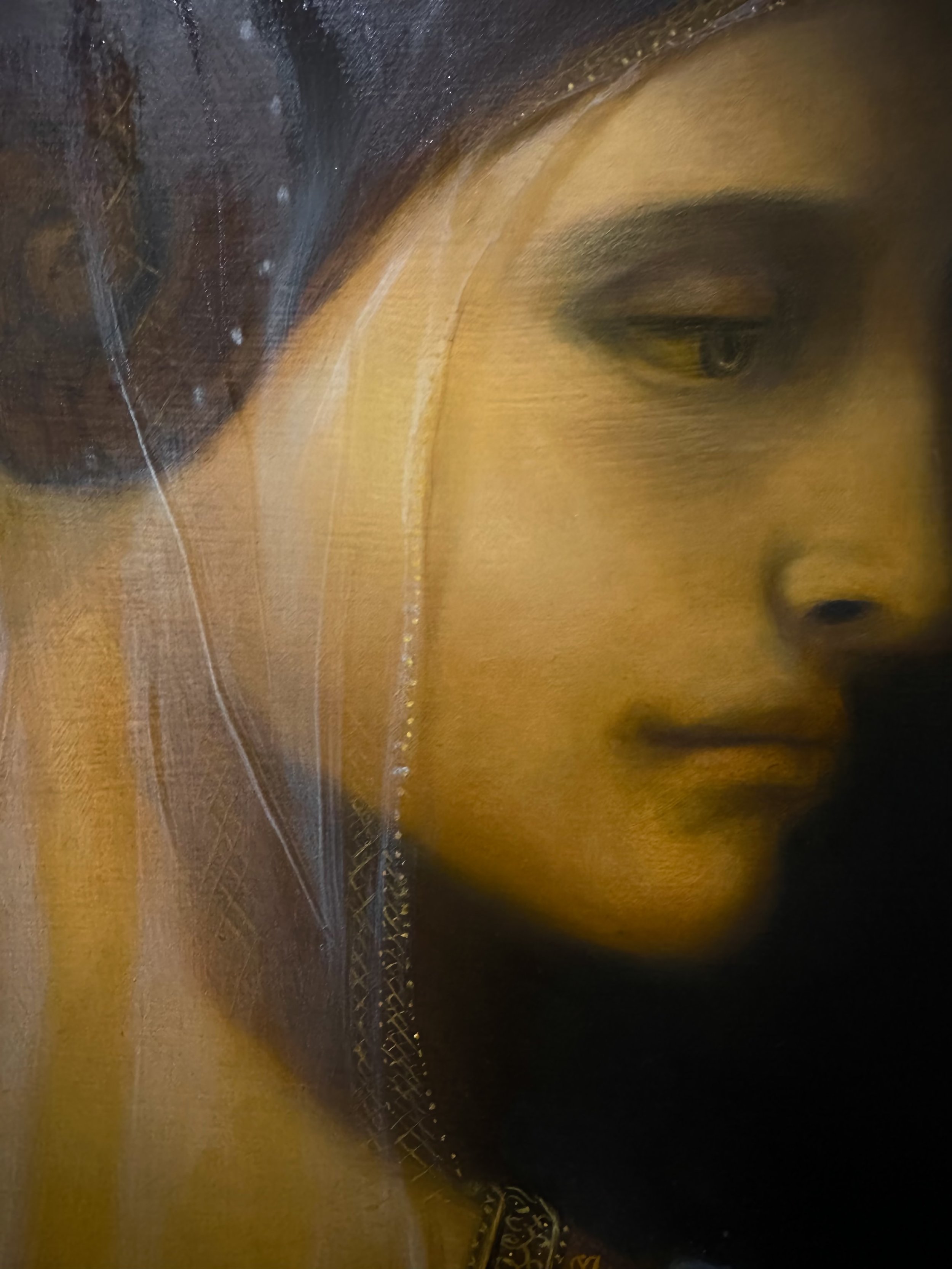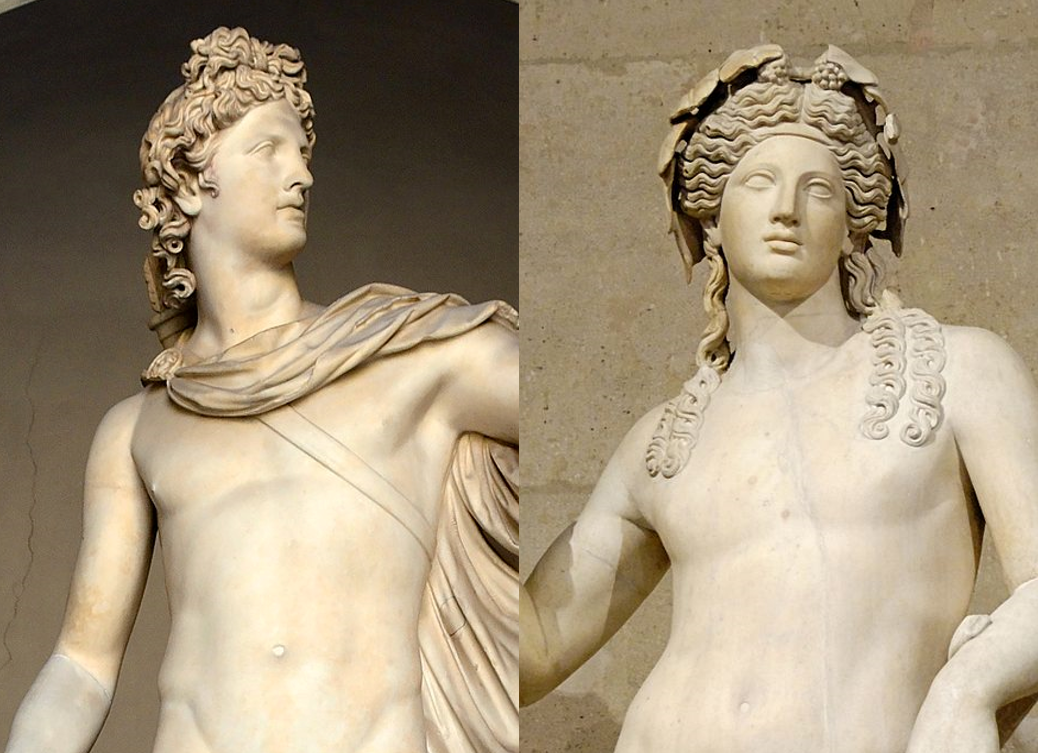The artist and the mystic
The Mystic
The mystic is an archetype within the Jungian framework that represents the persona that seeks a direct, unmediated experience of the divine or universal reality. The mystic is characterised by their intense, often solitary spiritual quest which involves a deepening of awareness, a heightened sensitivity to inner and outer experience, and an expansion of consciousness beyond the limits of the physical world of things.
The mystic is often associated with practices such as meditation, prayer, and contemplation, which are used to cultivate a state of elevated awareness or altered consciousness. Through these practices, the mystic seeks to dissolve the boundaries between the self and the world, and to connect with a higher power or transcendent reality. People that seek enlightenment through Buddhism often exhibit a strong connection to their mystic archetype, for example.
The Self, which represents the unification of all aspects of the psyche and the attainment of wholeness and completeness, as with the other archetypes and their combination in the psyche, is the ultimate goal of the mystic. The mystic's quest for spiritual realisation is thus seen as a journey towards the realization of the Self, and as a process of psychological and spiritual integration. That is, at the beginning it is no more than the initial sketches on a piece of paper - seeking direction, form and unity. With time and assistance from the other Archetypes, the nascent, nebulous forms evolve and take shape. Those that are true are crystallised in place, those that oppose the direction of unity are re-worked and pointed in another, eventually correct, direction. Although, this requires many, if not endless iterations. The scribbles of this metaphor represent small side-paths that comprise the metaphorical roadmap in conceived space which one explores along the road to individuation. Some paths are dead ends, some head in the wrong direction, others provide huge leaps towards the Self. The paths explored by the mystic are those of the symbolic, providing a conduit for one’s experiences in this world to other psychological and perceived realms.
The mystic archetype has a strong presence in a variety of different contexts, including religious traditions, philosophical systems, or spiritual practices. Regardless of the specific context, the mystic is characterised by their commitment to a path of self-discovery, their willingness to embrace the unknown, and their capacity for transcending the limitations of the ego and the rational mind. The focus is not on the physical items that comprise everyday life, but on that which senses, processes and ultimately transcends them. The Lebenswelt, if you will, the world of life, ideas and consciousness; of reasons why, not how and what - which are the responsibility of the scientific domain. We each create our own Lebenswelt, based on our perceptions, beliefs and idiosyncrasies; but, our worlds do overlap as when we share thoughts not between two bodies between You and I. Exceptional art provides a window, about as transparent as can be, into the world of another. But like most windows, information passes through both directions. Masters of art don’t just provide a window through which the observer looks, but something that looks back in the other direction. This sets up a two way dialogue between another world and our own. For example, when you are moved by music, this is often caused by placing some part of ourselves into the music as much as the music is diffused into ourselves. Are you really looking at Leonardo’s Saint John the Baptist (c. 1508-1519), or are they equally looking into you and communicating something to you?
Leonardo da Vinci, Saint John the Baptist (c. 1508-1519)
Oil on wood (walnut)
73 x 56.5cm
Paris, Musée du Louvre, INV. 775
Image in public domain via Wikimedia Commons
By virtue of the abstract nature of the mystic’s quest, a sense of isolation or alienation from the physical world comes as an inherent risk. Their spiritual experiences and insights are intrinsically difficult to communicate (at least verbally) to others who have not had similar experiences. It is this point that I would now like to focus on as being a repeating motif in the artistic pursuit. Namely, the communication of that which is not possible to verbalise explicitly or directly.
The mystic typically resorts to symbolism or metaphor to convey their otherwise complex thoughts. I personally believe that many of the greatest stories still extant from the beginning of human consciousness exist due almost entirely to the accuracy of their metaphor and therefore their ability to resonate with people generation after generation. By accurately transcribing complex, mystical thoughts they are able to remain relevant despite the changing times in which they are read. This is one argument for the idea that these stories encompass fundamental truths about the human condition. They may be myth, religion, fairy tale or novel. The key differentiation here, is that they are metaphor and not a direct description of the concepts that they convey. These come from a layer or two beneath the immediately apparent story and lie in the symbols, personas and interpretation.
In summary, the mystic archetype represents a deep yearning for a spiritual connection and the transcendent. It has a strong inclination by necessity to explore the unknown and the mysterious in order to deepen one's understanding of the divine. The mystic is a seeker, a dreamer, and a visionary, and their insights and experiences can be a source of profound inspiration and wisdom for others.
The difference between the mystic and the alchemist
In a previous post, I describe the the alchemist as another key archetype comprising the creative, artistic identity. In short, the alchemist archetype is characterised by a deep interest in transformation, both of the self and of the world around them. The alchemist seeks to uncover hidden knowledge and to unlock the secrets of the universe through a process of experimentation, exploration, and discovery. This process unlike the mystic however involves the manipulation of the physical world around them, rather than the abstract manipulation of symbols, metaphors, and other forms of spiritual ideas and emotions.
You could argue that mysticism is at the root of artistic expression and intention, and alchemy is the framework through which the complex symbolism is transcribed and communicated. The forge in which the abstract thoughts and conceptions are moulded into something physical, pulled from the world of the abstract mind and dropped tangibly in front of our very eyes.
While both alchemy and mysticism involve transformation and transcendence, I would argue that the artist is more closely associated with the former. I believe the process of artistic creation is a form of alchemy, in which raw materials are transformed into something new, something that entirely transcends their raw particulate ingredients, through a process of creative synthesis and refinement. It is likely however that the root motivation behind, and the inspiration for artistic creation, is ultimately the role of the mystic. The mystic can therefore be seen as a necessary precursor to the artist that precedes the alchemical process required for communication.
The artist, like the alchemist, is engaged in a process of transformation, in which raw materials such as paint, words, or sound are transformed into a work of art. This process requires a deep understanding of the materials being used, as well as a creative vision for how those materials can be combined and transformed into something new and unique. This is regardless of the raw ingredients - be they musical notes and their harmonic interactions, stone (in the case of the sculpture), or pigments for the painter. Perhaps this is an argument, which is the content of another article and not necessary to the arguments in the present one about the nature of abstract art. Atonal music, modern abstract art and sculpture can, in my mind, express deep symbolic thoughts. They may well comprise great contribution from the mystic archetype. However, they often, in my belief, lack sufficient input from the alchemist - who guides better the use of the materials of the physical world and how they can best be manipulated to engender metaphorical expression.
Dancer, Jean Erdman Campbell (also married to mythologist, Joseph Campbell) said ¹, “The way of the mystic and the way of the artist are very much alike, except that the mystic doesn’t have a craft.” That is, both the mystic and the artist must necessarily journey between two worlds; the known and the unknown; or, the conscious and the unconscious. However, what makes them fundamentally different is the fact that the mystic works only with symbols whereas the artist must, by virtue of bringing these concepts into being, be concerned with their transmutation. This I argue is the act of the alchemist, and as a composite of the two, ultimately the artist.
You may also like:
References
¹ Joseph Campbell, The Hero’s Journey: Joseph Campbell on His Life and Work, New World Library (2014)




